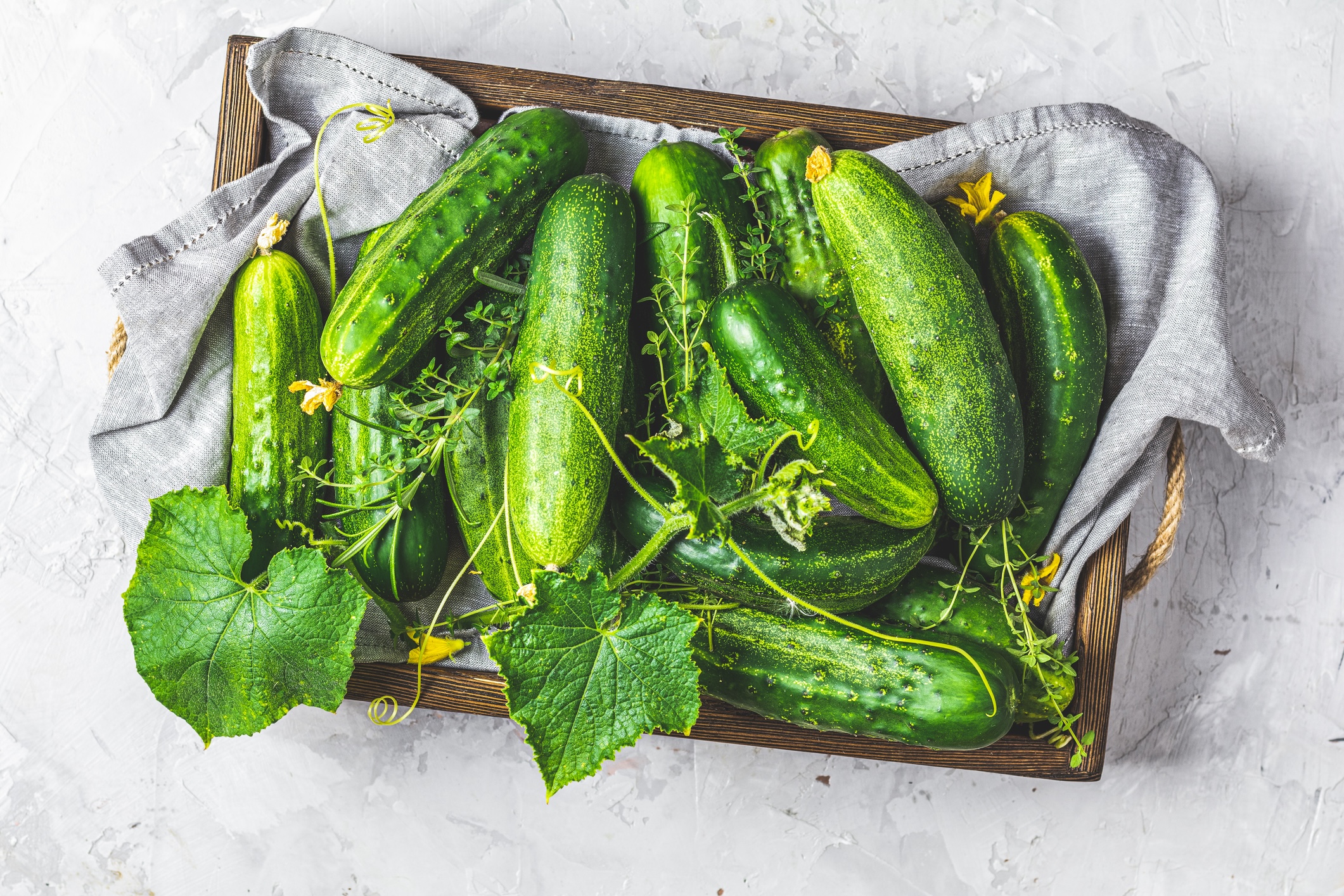In their ongoing attention to healthy eating, the staff of Environmental Nutrition addresses three practical questions on health-conscious food choices for seniors: how to follow the “prudent diet,” the nutritional value of cucumbers, and how to choose a healthy cereal.
The Prudent Diet
Question: What is the prudent diet?
Answer: The prudent diet is a balanced eating pattern that emphasizes whole, nutrient-rich foods while limiting processed options. It is designed to promote overall health, reduce the risk of chronic diseases, and support longevity.
This diet focuses on consuming fruits, vegetables, whole grains, lean proteins, nuts, seeds and healthy fats. It limits red meat, refined sugars, saturated fats and processed foods, which are linked to heart disease, diabetes, and obesity.
The prudent diet is backed by scientific research showing its benefits in reducing inflammation, maintaining a healthy weight, and lowering the risk of cardiovascular disease and Type 2 diabetes. It aligns with dietary pat- terns like the Mediterranean diet, known for promoting longevity and overall well-being.
To adopt this diet:
- Choose plant-based foods and whole grains.
- Avoid highly processed foods.
- Stay hydrated and limit sugary beverages.
- By making these choices, individuals can improve their health while maintaining a sustainable and enjoyable diet.
Cukes Are Cool
by Lori Zanteson
Question: I enjoy the taste and crunch of cucumbers, but they’re so light in color and full of water, I wonder if they’re really healthy.
Answer: True to their reputation, cucumbers are pretty cool.
The folklore
A favorite in summer gardens, cucumbers are made up of mostly water, which makes them literally “cool”-ing and hydrating in hot temperatures. They’re also “cool” in the popular sense. Cultivated around the world for more than 3,000 years, cucumbers have gained a following for their simple, raw, and often pickled appeal. It’s said that the Romans used artificial methods to grow them out of season so that Emperor Tiberius could eat them every day of the year. Today, this native to India is the star in timelessly popular recipes like raita and tzatziki, and for its roles in well-loved pickled condiments like relishes and dips.
The facts
Cucumbers (Cucumis sativus) belong to the same family as melons and squash. Though we think of them as vegetables, cucumbers are technically fruits classified as either slicing cucumbers or pickling cucumbers. Slicing cukes are thick-skinned and eaten in their fresh form, while the pickling variety are smaller with thinner skins. While the most familiar cucumbers are long, with smooth, dark-green skin, there are hundreds of varieties of size, shape, and even color.
At 96% water, cucumbers are hydrating and very low calorie. A 1-cup serving has 16 calories and 20% DV (DV=Daily Value, based on 2,000 calories/day) of bone-building vitamin K.

The findings
Cucumbers contain many phytochemicals, biologically active compounds with health protective properties. Studies have linked those in cucumbers with antioxidant, anti-inflammatory, antimicrobial, anti-carcinogenic, and antidiabetic potential (Journal of Preventive Medicine and Hygiene, 2022). While promising, more research is needed. Fermenting cucumbers (which is a type of pickle), may further enhance its health benefits through the production of prebiotics, probiotics, symbiotic, and/or postbiotics, according to a study published in the journal Food Chemistry: X (2023).
The finer points
Fresh cucumbers are typically available year-round. They should be refrigerated in the market and at home, as they are heat sensitive. Choose those that are firm and evenly colored without wrinkling. Keep whole cucumbers in the refrigerator for several days, and if cut, in a sealed container. Enjoy cucumbers (with skin and seeds) in salads or dipped into dressings, diced into tuna salad, or pureed into a smoothie or cool gazpacho.
Choosing a Cereal That Fits Your Needs
by Heidi McIndoo, MS, RD
Question: Cereal is such a quick and easy breakfast or snack. How can I know the difference between a sugary, unhealthy cereal and one that’s good for me?
Answer: Cold cereals can be anything from a quick and easy breakfast to a comforting midnight snack and many things in between.
Cereal was first developed in a sanitarium to aid with digestion. Over the years it transformed into something that was more sugar and less nutrition. Fortunately, the pendulum has swung back a bit. While there are plenty of sugar-filled cereals, you can also find ample options if looking for fiber, protein, whole grains, gluten-free, and more. But how well does a bowl full of flakes, O’s, or nuggets fit into a healthy eating plan?
The list of ingredients is especially important when choosing a cereal. Your specific goals will help determine what you should be looking for on that list. If you’re looking for a cereal to satisfy and keep you feeling full, choose those that are good sources of fiber and/or protein. To find fiber, look for whole grain wheat, oats, or bran as the first ingredients. Want protein? Look for whole grains, nuts, seeds, and protein powder. There are a fair number of gluten-free cereals available now as well. If you need to avoid gluten, look for cereals made from rice or oats, and be sure “gluten-free” is on the label.
Helpful hints
Here are a few healthy eating tips to keep in mind in choosing your next box of cold cereal:
- Check the serving size. Unlike most foods, many cereals do not follow a standard serving size. Depending on your cereal, the nutrition information could be based on 1/2 cup to 1 1/2 cups to anywhere in between.
- Like a low fiber cereal? Try adding fresh berries, dried fruit, and/or some ground flax or chia to boost the fiber.
- Not much protein? A spoonful of nuts can add a delicious dose of satisfying protein.
Reprinted with permission from Environmental Nutrition, the award-winning independent newsletter written by nutrition experts dedicated to providing readers up-to-date, accurate information about health and nutrition in clear, concise English. A monthly publication of Belvoir Media Group, LLC,. 800-829-5384. For more information, visit www.EnvironmentalNutrition.com.
©2025 Belvoir Media Group. Distributed by Tribune Content Agency, LLC.
Keep reading articles about improving your life through your diet on Seniors Guide:
Kickstart Your Healthy Eating Journey: 5 Changes You Can Make Now




